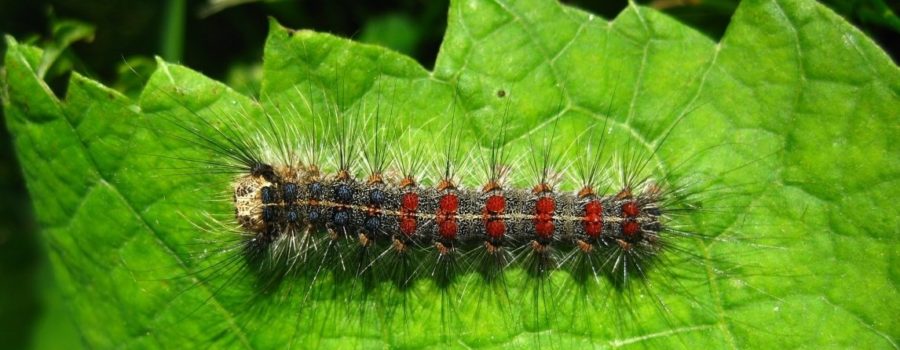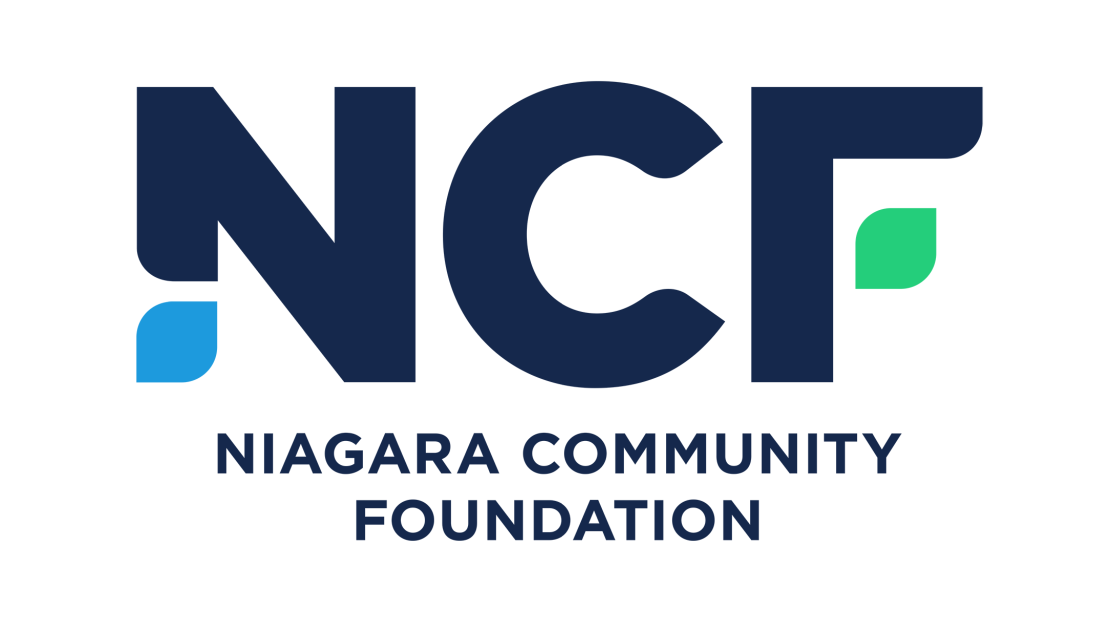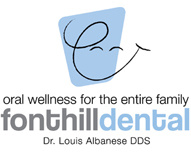Concerns about the spray used to treat gypsy moth?
For residents who have health concerns with the spraying of Btk, please contact Christine Tonon, public works administrative assistant at ctonon@pelham.ca or 905-892-2607 x332 to request placement on a priority call or email list that will be informed within 48-hours of the spray to make any arrangements necessary to vacate their property during the spray.
What is Btk?
Bacillus thuringiensis (Btk) is the most common commercial product used to control large-scale gypsy moth infestations and has been extensively used in previous aerial control programs against gypsy moth in both Canada and the United States. This product targets only Lepidoptera larvae feeding at the time, and is non-toxic to birds, animals, humans, honeybees, fish, and most other insects. The spray must be applied while the early instar larvae are actively hatching and feeding on the foliage, usually early to mid-May. Within about two to three hours of consuming the product, the larvae stop feeding and die within a few days (City of Regina 2016).
In terms of environmental safety, Btk is considered to be a very safe option. It is a naturally occurring bacteria found in the soil, not a chemical, and it works by producing proteins that are toxic to larvae. It degrades rapidly in the environment (within 1 to 4 days) due to sunlight and other microorganisms, so the exposure window is limited. It does not travel into the soil beyond 25 cm, therefore there are no concerns with leaching into groundwater (Perez 2015). In fact, pest control products containing Btk have been registered for use in Canada for 40 years and it is the most widely used pest control product in the world and can be used on certified organic farms.
Btk specifically targets immature insects (larvae) in the Lepidoptera family. An extensive literature exists on the consequences of non-target organisms to Btk, including reports of several long-term field studies. The data have been reviewed periodically (e.g. Melin and Cozzi 1990, Otvos and Vanderveen 1993) and the range of non-target species that have been found to be susceptible to direct toxic action of Btk has remained small. Spring feeding Lepidoptera species (leafrollers, fruitworms, cankerworms, and budmoths) may be affected and species richness may be locally and temporarily reduced following a spray event. Significant Lepidoptera species such as monarchs and swallowtails are not affected as they are not in the susceptible life stage when the spray is applied.
According to the World Health Organization, Btk has been sprayed over populated areas in several countries including the USA, Canada, and New Zealand. Some of these applications have been followed by public health surveillance programs and in general no (or very few) harmful effects have been reported among residents of the sprayed communities. A large epidemiological study conducted by the University of British Columbia concluded that “the largescale spray program of Btk in the lower mainland for control of the Asian and European gypsy moth did not cause any measurable increase in serious community unwellness that could be attributed to the spray” (Otvos and Vanderveen 1993).
References
City of Regina. 2016. City’s Cankerworm Control Program. City of Regina. Available online at:http://www.regina.ca/residents/tree-yard/control-pests/cankerworm-control-program/.
Melin B.E. and Cozzi E.M. 1990. Safety to nontarget invertebrates of Lepidopteran strains of Bacillus thuringiensis and their (ß)-exotoxins. In: Laird M, Lacey LA, & Davidson EW ed. Safety of microbial insecticides. Boca Raton, Florida, CRC Press, pp 149–167.
Otvos I.S. and Vanderveen S. 1993. Environmental report and current status of Bacillus thuringiensis var. kurstaki use for control of forest and agricultural insect pests. Victoria, British Columbia, Ministry of Forests, Forestry Canada, pp 1–81
Perez, J., Bond, C., Buhl, K., Stone, D. 2015. Bacillus thuringiensis (Bt) General Fact Sheet; National Pesticide Information Center, Oregon State University Extension Services.http://npic.orst.edu/factsheets/btgen.html.
 Back to myNiagaraOnline
Back to myNiagaraOnline
































